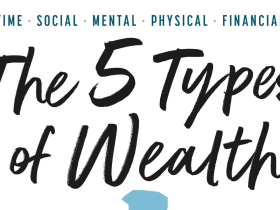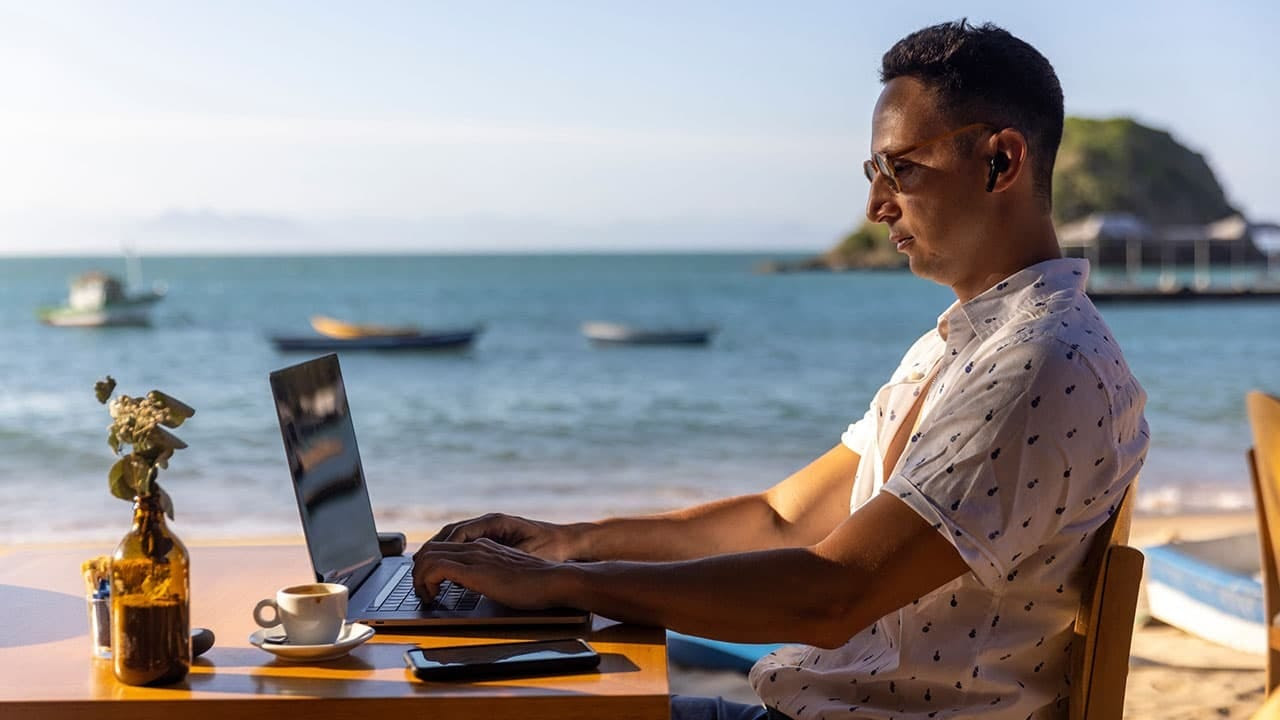Scroling through Instagram, and see someone sipping coffee in a quiet Parisian café or hiking alone in the Swiss Alps, and thought, “That looks like a dream”? Well, you’re not the only one. Solo travel is no longer just a niche adventure for backpacking students or midlife crisis escapists—it’s now a mainstream movement. More and more people are packing their bags, booking one-way tickets, and embracing the freedom of exploring the world alone.
A recent survey by American Express found that 69% of global travelers are now choosing solo trips, and there’s even a buzzword for it- “MeMooning”- a term that describes vacations taken purely for self-care and personal growth. It’s a trend that’s particularly popular among millennials, Gen Z, and women, many of whom are drawn to the idea of designing their own itineraries without having to compromise on experiences. And with remote work becoming the norm, the lines between vacationing and working have started to blur, creating an entirely new breed of travelers: digital nomads.
According to Pew Research, around 11% of the U.S. workforce now identifies as digital nomads—professionals who work remotely while traveling the world. And that number is only expected to grow. Countries like Spain, Mexico, and Canada have rolled out digital nomad visas to attract this mobile workforce, offering a mix of affordable living, fast internet, and vibrant expat communities. As more people trade in their office cubicles for beachfront workspaces, the solo travel industry is turning into a multi-billion-dollar market.
Industry analysts estimate that even if just 10% of the 83 million Americans considering a solo trip follow through, that’s 8 million travelers spending anywhere from $1,000 to $2,000 per week—translating into a $16.6 billion industry. Globally, some projections place the market closer to $500 billion, making it one of the most lucrative travel segments today.
With a booming industry comes opportunity. Entrepreneurs are jumping on the trend, building digital communities, apps, and services tailored to solo travelers and remote workers. Companies like Nomads and RemoteOK are raking in tens of thousands of dollars a month by providing resources and job listings for location-independent professionals. Meanwhile, AI-powered travel apps like Trip Planner AI and GuideGeek help solo adventurers plan hyper-personalized trips, catering to specific interests like food tours, cultural deep-dives, and adventure sports.
But travel isn’t just about logistics—it’s also about safety. With women making up a significant portion of solo travelers, the demand for real-time safety apps, virtual check-ins, and local emergency resources has never been higher. Businesses that address these concerns could see massive growth, providing solo travelers with both peace of mind and a sense of community while on the road.
Solo travel is no longer just about seeing new places—it’s about redefining independence, connection, and lifestyle. Whether you’re looking to join the movement or build a business around it, one thing is clear: this is not a passing trend. It’s a new way of living, and it’s here to stay.





